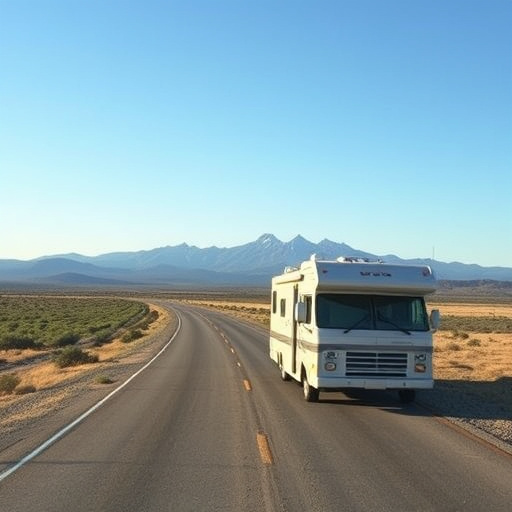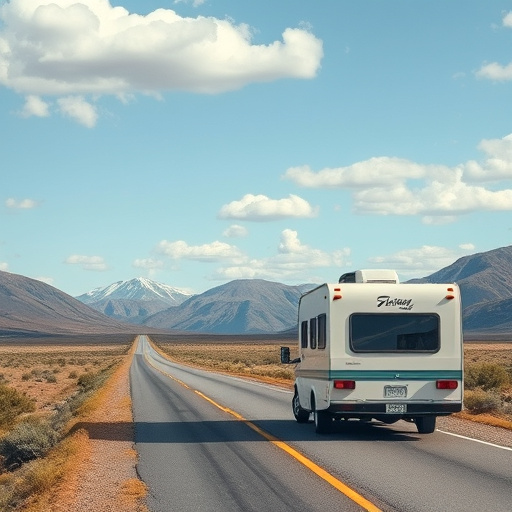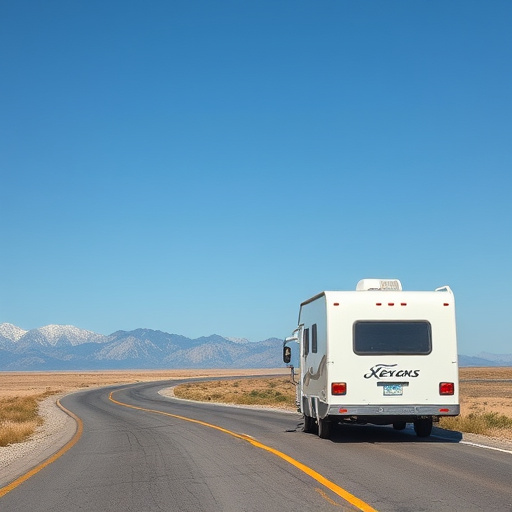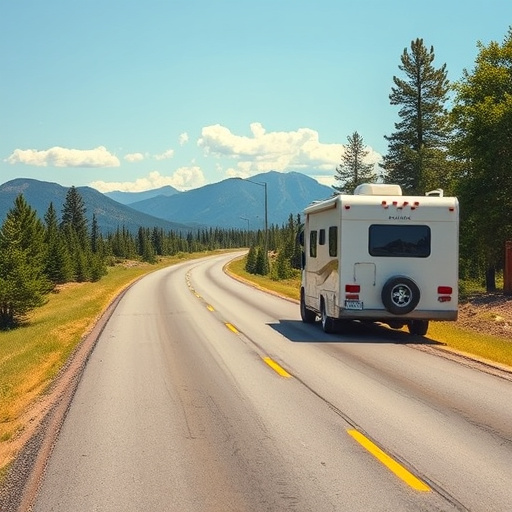For RVing beginners, understanding dump station etiquette is vital for a clean, safe, and enjoyable journey. Key practices include checking waste tank levels before visiting, respecting other campers' space and waiting your turn, securing personal items during dumping, using authorized stations correctly, following local guidelines for hazardous materials, and maintaining RV hygiene after each trip. Correct disposal methods prevent sanitation issues and damage to septic systems. Adhering to these rules ensures a positive experience for all RV enthusiasts while preserving the environment for future travelers.
Dump station etiquette guides are essential for RVing beginners, ensuring a smooth journey with no sanitation mishaps. Understanding dump station basics and adhering to good etiquette is crucial for maintaining a clean environment and respecting fellow RVers. This article covers everything from key rules for beginners, common mistakes to avoid, best practices for sanitation, to tips for a seamless RV journey, empowering new RVers to confidently navigate these vital facilities.
- Understanding Dump Station Basics
- Importance of Good Etiquette
- Key Rules for Beginners RVing
- Common Mistakes to Avoid
- Best Practices for Sanitation
- Tips for a Smooth RV Journey
Understanding Dump Station Basics

For RVing for Beginners, understanding dump station etiquette is crucial to a smooth and enjoyable journey. Dump stations are designed facilities where RVers can dispose of their waste safely, ensuring a clean camping experience. These stations typically include various connections for sewage, water, and sometimes even trash removal. They are often found at campgrounds or rest areas along highways.
Knowing how to use these amenities properly is essential to prevent sanitation mishaps. RV owners should familiarize themselves with the different components of a dump station, such as the sewer hookup, fresh water tank drainage, and waste holding tanks. Following basic guidelines like backing into the station for easier access, using the provided tools for leveling and connecting, and disposing of waste in designated areas helps maintain the cleanliness and efficiency of these facilities for all campers.
Importance of Good Etiquette

Good etiquette at dump stations is essential, especially for RVing beginners navigating new territories. These guidelines are in place to ensure a clean and safe environment for everyone using public sanitation facilities. When you’re on the road with an RV, proper behavior at dump stations can make or break your camping experience.
For RV owners, understanding the importance of etiquette extends beyond personal hygiene. It’s about respecting other campers and maintaining the overall cleanliness of recreational vehicle parks. Following simple rules like placing waste in the designated areas, keeping the station tidy, and being mindful of noise levels ensures a pleasant atmosphere for all RVing enthusiasts.
Key Rules for Beginners RVing

For those new to RVing, navigating dump stations can seem daunting. However, with a few key rules in mind, the experience becomes smoother and cleaner for everyone. First, always check your RV’s waste tank levels before approaching a dump station. Ensure you don’t overfill, as this can lead to overflows and sanitation issues. Second, be mindful of other RV owners waiting their turn; respect their space and follow the designated order.
Third, keep personal items secured during the dumping process to avoid any accidents or spills. Fourth, use only authorized dump stations for your waste and dispose of hazardous materials responsibly according to local guidelines. Lastly, clean your RV’s exterior and interior after each trip, including the bathroom, to prevent buildup and maintain hygiene standards.
Common Mistakes to Avoid

Newbies to RVing often overlook the importance of dump station etiquette, leading to sanitation issues. A common mistake is overfilling the tank; always be mindful of the capacity and never exceed it to avoid spills and blockages. Another frequent error is neglecting proper disposal methods – different materials require specific treatments. For instance, disposing of hazardous waste or inappropriate items like plastics or food scraps into the septic system can cause severe damage.
Additionally, RV owners should avoid rushing the process, taking their time to ensure each step is completed correctly. This includes connecting and unconnecting hoses diligently to prevent leaks. Remembering local regulations and following established guidelines at campgrounds is also crucial for maintaining a clean environment for all RV enthusiasts.
Best Practices for Sanitation

When it comes to RVing for beginners, understanding dump station etiquette is crucial for maintaining a clean and safe environment. The best practice for sanitation involves a few simple steps that every RVer should follow. First, always use the designated dump stations at campgrounds or rest areas; these facilities are designed with proper drainage systems to prevent any contamination of local water sources. Next, ensure your RV’s waste tanks are well-maintained and monitored regularly to avoid overflows or leaks. Before dumping, check the levels and give yourself enough time at the station to complete the process efficiently.
Proper disposal is key; empty all fluids—including greywater from showers and sinks—into the appropriate containers. Solid waste should be packaged securely in bags before being disposed of in the station’s dump pipe. It’s important to respect others using the station by being mindful of noise levels, keeping lines moving, and maintaining a clean space. Following these best practices for sanitation ensures that RVing remains enjoyable for everyone and helps protect our environment for future generations.
Tips for a Smooth RV Journey

When embarking on your first RV journey, adhering to dump station etiquette is a must for a smooth and enjoyable experience. For RVing beginners, this might seem like a daunting task, but with some simple tips, you’ll be navigating sanitation stops like a pro in no time! Start by planning ahead; familiarize yourself with the locations of dump stations along your route and understand their operating hours.
Remember to park your RV at the designated dumping area, ensuring you’re level and stable. Always use the provided tools carefully and efficiently, following the instructions for proper waste disposal. A quick and respectful process ensures other RV owners can also make their stops conveniently. Cleanliness is key; wash your hands thoroughly afterward and keep your surroundings tidy. These practices not only contribute to a more enjoyable RVing experience but also ensure the preservation of these valuable resources for fellow travelers.
Dump station etiquette guides are essential resources for RVing beginners, ensuring smooth journeys and minimizing sanitation mishaps. By following best practices and key rules outlined in these guides, new RV owners can confidently navigate waste disposal, fostering a positive experience on the road. Remember, good etiquette is vital to maintaining a clean and enjoyable environment for all RV travelers. So, whether you’re exploring scenic routes or discovering new destinations, always be mindful of dump station protocols for a hassle-free adventure. Happy RVing!
